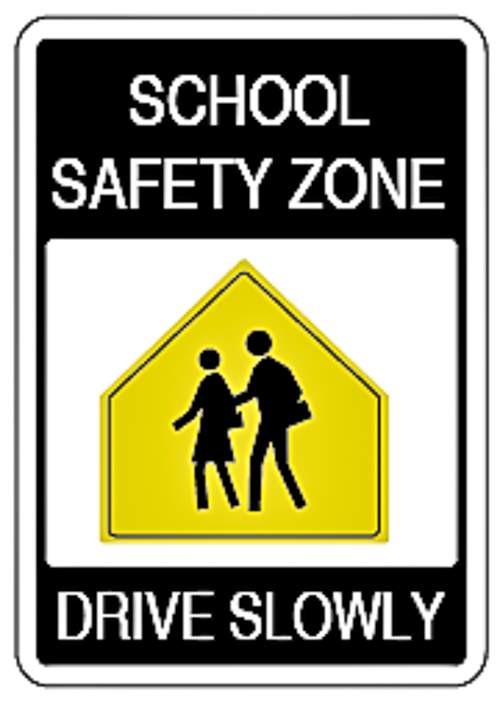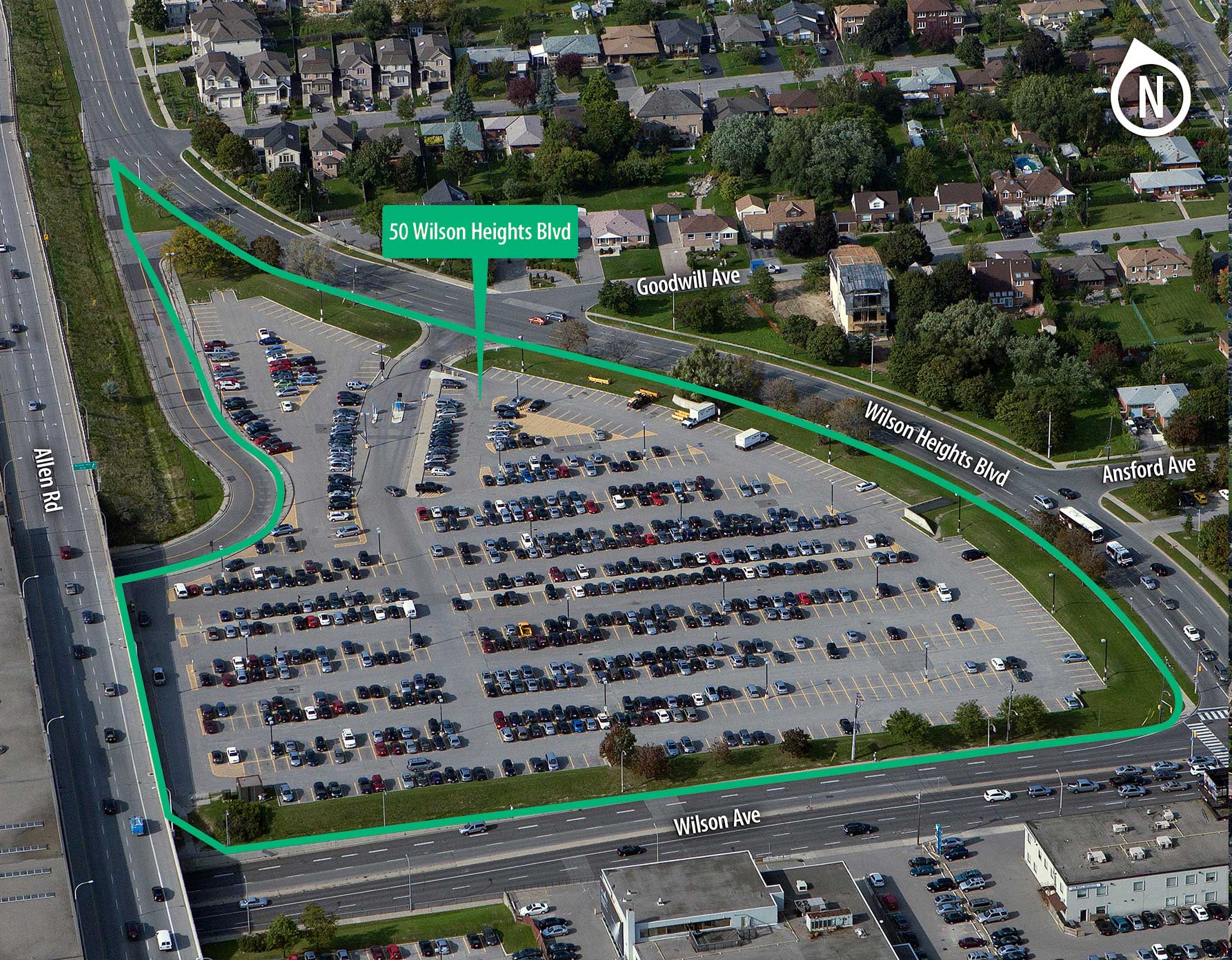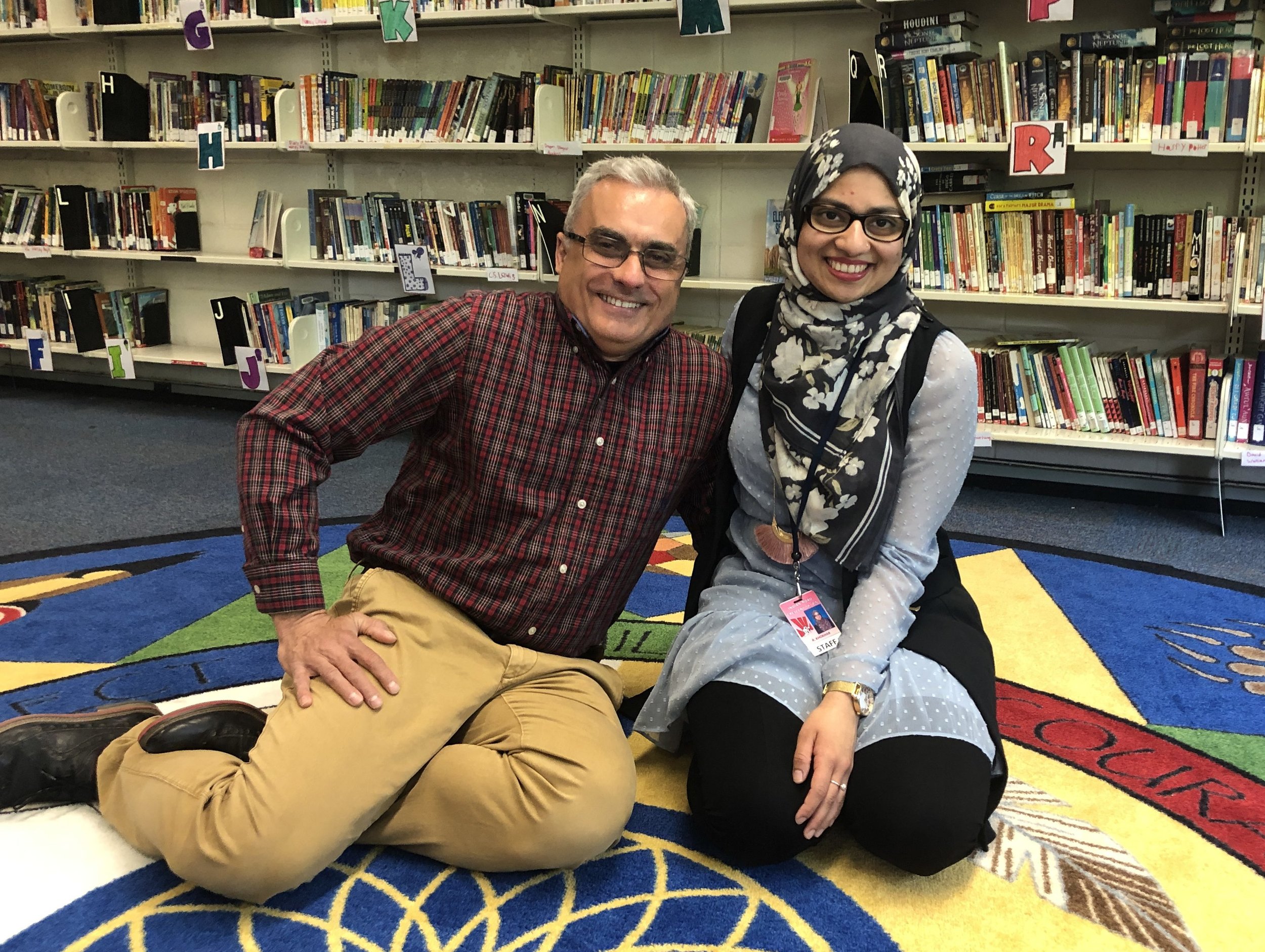
The Vision Zero Road Safety Plan 2.0 is a five-year (2017-2021) action plan that aims to eliminate traffic-related deaths and reduce serious injuries on Toronto's streets to zero. At the last City Council meeting in July, councillors voted to boot up the effort.
Vision Zero 2.0's main measure is to reduce speeds on main, arterial roads, further preventing casualties from occurring in the first place. The plan also includes specific programs that are dedicated to expanding cycling infrastructure across the city and boosting safety zones for seniors and school children. The School Safety Zones program is dedicated to implementing measures that protect children who walk or bike to and from school.
This program includes a variety of traffic safety measures that improve the visibility of school zones and signal drivers to slow down and pay better attention to their environment. Enhanced pavement markings, pavement stencils, driver feedback (Watch Your Speed) signs and flashing beacons are all examples of the strategic measures being used. These measures will continue to be installed within the boulevard or public right-of-way areas to ensure that they do not hinder vehicles, pedestrians or properties. You can expect to see more of these measures over time.
While the City is not required to provide advance notice to residents before the installation of poles and signs within the public right-of-way area, they do notify residents whose property is next to a new School Safety Zone sign two weeks prior to the installation. All locations that have been selected for the installation of traffic safety measures have been reviewed by the City's top advisors and engineers.
The City of Toronto will continue to install these safety measures year-round according to priority. As of October, 2018, the City began the installation of school safety zones at 61 locations and has been on track to increase that amount to 88. Several of these zones are in the Downsview or Humber River-Black Creek area.
The zones and measures being implemented are examples of how the City is working hard to protect pedestrians and road-users. The Downsview Advocate will continue to share updates about Vision Zero 2.0 as they become available.
For more information, please visit: toronto.ca/VisionZero












